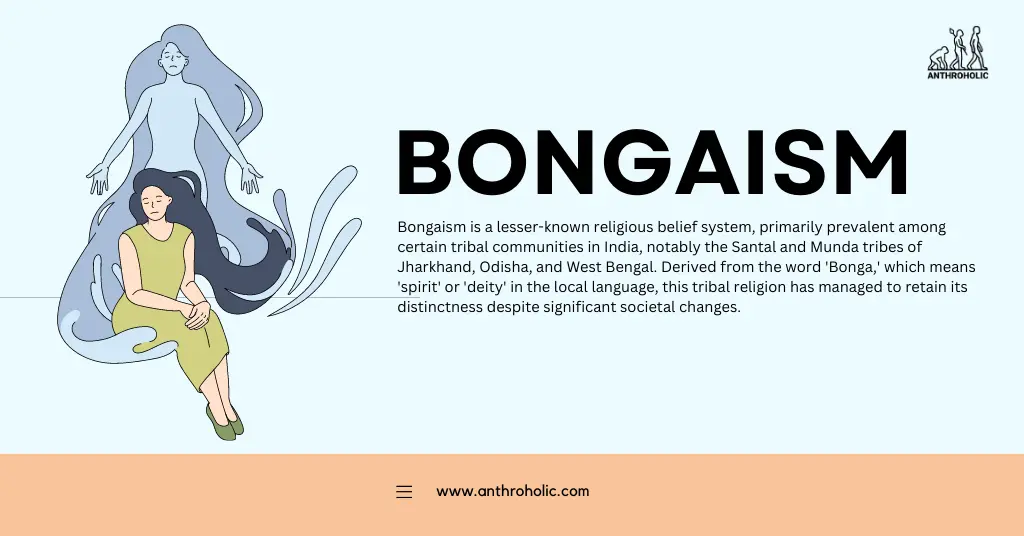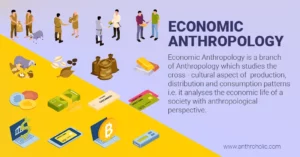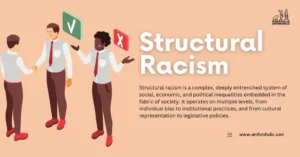AI Answer Evaluation Platform Live Now. Try Free Answer Evaluation Now
Bongaism
Bongaism is a lesser-known religious belief system, primarily prevalent among certain tribal communities in India, notably the Santal and Munda tribes of Jharkhand, Odisha, and West Bengal. Derived from the word ‘Bonga,’ which means ‘spirit’ or ‘deity’ in the local language, this tribal religion has managed to retain its distinctness despite significant societal changes [1].

Historical Origin
Bongaism has roots going back hundreds, possibly even thousands of years. The Santal and Munda tribes, among others, have practiced it for generations. This belief system is thought to be closely linked to these communities’ profound connection to nature and the environment [2].
Beliefs and Deities
Bongaism is a polytheistic belief system, with various gods and goddesses embodying different elements of nature.
- Marang Buru: The primary deity, signifying the ‘Great Mountain’.
- Jaher Era: The goddess of the sacred grove.
- Moreko Turuiko: The god of thunder and rain [3].
The worshippers of Bongaism believe that these deities control the forces of nature and that appeasing them can bring prosperity and ward off evil.
Practices and Rituals
Annual Festivals
Bongaism rituals largely revolve around agricultural cycles, reflecting the community’s dependence on farming. The following table lists some important annual festivals:
| Festival | Significance |
|---|---|
| Sohrai | Harvest festival, dedicated to cattle |
| Karam | Festival of fruitfulness and productivity |
| Sarhul | Festival of flowers, marking the beginning of the New Year [4] |
Ritualistic Offerings
These festivals often involve offerings to the Bongas, which typically include fruits, flowers, and the blood of sacrificed animals. Dance and music are integral parts of these celebrations, contributing to the overall communal harmony.
Ancestral Spirits
A unique aspect of Bongaism is the belief in ancestral spirits. The spirits are thought to reside in the family house’s vicinity and are respected and appeased with offerings, which ensures their blessings for the household.
Impact on Tribal Society
Social Structure
Bongaism plays a significant role in shaping the social structure of these tribal communities. Their religious beliefs contribute to maintaining unity, reinforcing social norms, and encouraging collective responsibility.
Connection to Nature
Bongaism strengthens tribal communities’ connection to the environment. The veneration of natural elements fosters a deep respect for the environment, leading to sustainable practices and conservation efforts.
Conflict and Syncretism
Over the years, there has been a conflict between Bongaism and mainstream religions, as external influences and conversions have threatened this traditional belief system. However, there have also been cases of syncretism, where elements of Bongaism have blended with other religions, leading to unique hybrid belief systems.
Conclusion
Bongaism, while not widely recognized, represents an important aspect of India’s cultural diversity. Its emphasis on nature, communal harmony, and ancestral reverence offers an alternative perspective on spirituality and religion. The preservation of Bongaism and similar tribal religions is vital for maintaining cultural plurality and understanding human society’s complexity.
References
[1] Hembram, P. K. (2007). The world of the Santal parganas and its trilingual inhabitants. North Charleston, SC: BookSurge.
[2] Sinha, B. (2008). The Munda Tribe: A Case Study. New Delhi: Discovery Publishing House.
[3] Sorensen, P. K., Bodding, P. O., & Ricketts, P. P. (2011). Selected Santali Folktales (Vol. 1). Ghyllside Publication.
[4] Bodding, P. O. (2010). Santali Rituals: Festivals and Religious Life. Leipzig: F. A. Brockhaus.




